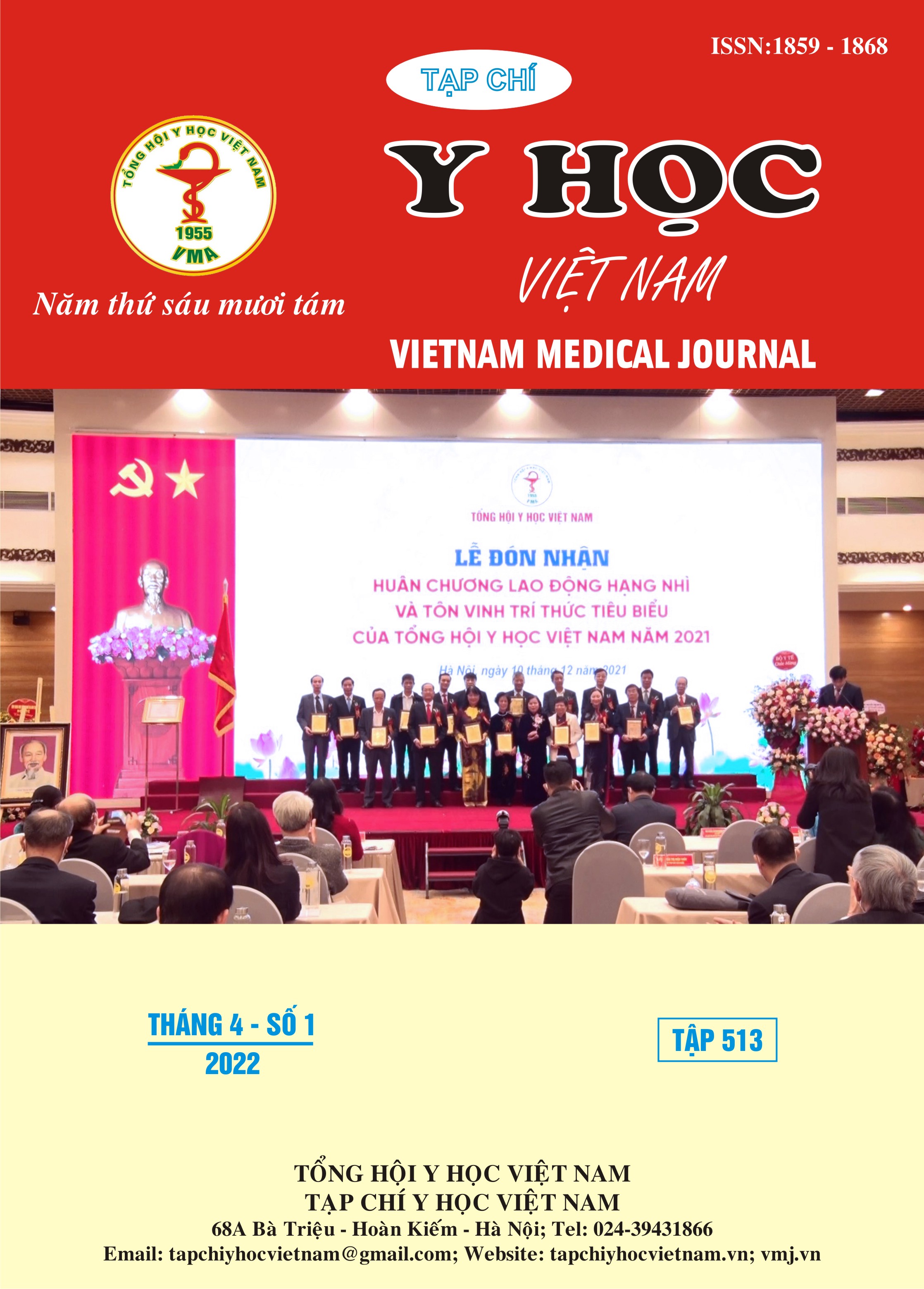RESEACH CLINICAL SYMTOMES OF ACUTE HYDROCEPHALUS AFTER SUBARACHNOID HEMORRHAGE
Main Article Content
Abstract
Back ground: Acute hydrocephalus is one of the dangerous complications of subarachnoid hemorrhage. Vietnam as well as the world has not had many in-depth studies on acute hydrocephalus after subarachnoid hemorrhage. Objective: Reseach clinical symtomes of acute hydrocephalus after subarachnoid hemorrhage. Subjectives and method: 61 patients with subarachnoid hemorrhage with complications of acute hydrocephalus were treated at the Neurological Center, Bach Mai Hospital. Descriptive study horizontal, rescue. Result: Male 55.7%. Age: under 50 years old (24.5%), 50-59 (36.1%), over 59 years old (39.4%). History: Hypertension 31%. Hospitalization time: Day 1 21.3%, day 2-3: 50.8%, day 4-7: 27.9%. Onset symptoms: All have headache, neck pain, Kernig; vomiting and nausea 82%; 59% hypertension. Full episode: Headache 96.7%, nausea and vomiting 91.8%, constipation 37.7%, neck stiffness 100%, Kernig 100%, disorders of consciousness 36.1%, round muscle disorder 62.3%, Focal neurologic deficits 67.2%, seizures 3.3%. Conclusion: The disease tends to increase with age. Common clinical symptoms are manifestations of raised intracranial pressure syndrome and meningeal syndrome. Focal neurologic deficits accounted for a high rate of 67%. Consciousness disorder accounted for 36.1% but was an indicator of acute hydrocephalus: appeared more on day 2 to day 6. Most of these cases had severe ventricular dilation.
Article Details
Keywords
subarachnoid hemorrhage, acute hydrocephalus, clinical symtomes
References
2. Lê Văn Thính (2002). Chảy máu dưới nhện chẩn đoán và điều trị, Kỷ yếu công trình khoa học, Bệnh viện Bạch Mai, tr 300- 310.
3. Nguyễn Văn Vĩ (2010). Nghiên cứu đặc điểm lâm sàng, hình ảnh học và một số biến chứng của bệnh nhân chảy máu dưới nhện do vỡ phình động mạch thông trước, Luận văn thạc sỹ Y học.
4. Adam R.D, Victor M et al (1997). Spontaneous subarachnoid hemorrhage, Principles of Neurology, sixth edition , pp 841.
5. Across Group (2000). Epidemiology of Aneurysmal subarachnoid hemorrhage in Australia and New Zealand, Stroke, 31, 1843 – 1850.
6. Nilsson O.G, Lindgren A (2000). Incidence of intracerebral and SAH in Southern Sweden, J. Neurol, 69, 601-607.


